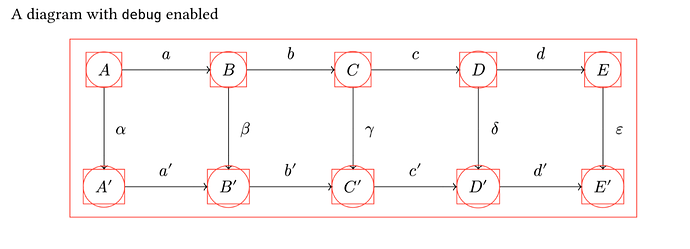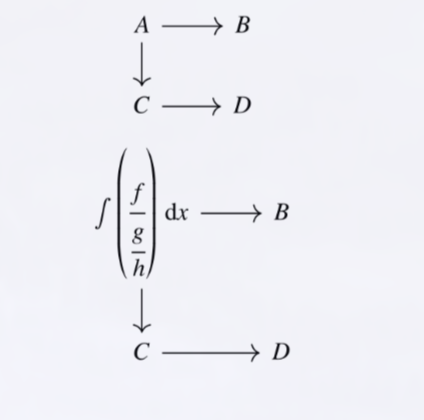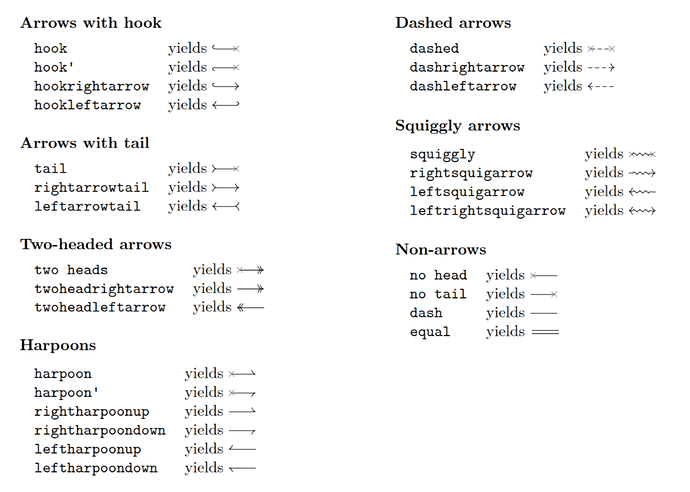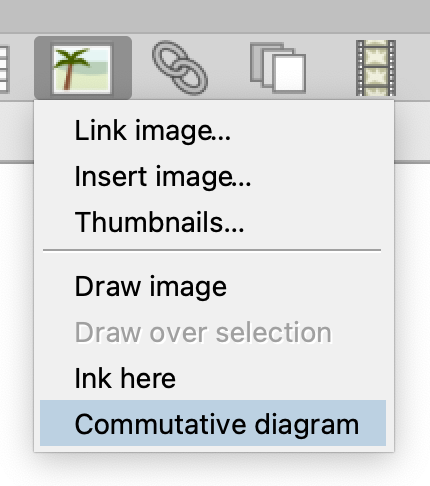I do not think this would work. Vertices are on a grid, but arrows can jump arbitrarily far, so they cannot be represented faithfully as cells of a table. Arrows are edges, so they are associated to pairs of vertices. I’m not sure also what you mean by automatic placement: in the example cited the vertices are manually placed in a grid, the automatic placement takes place for the start/end points of arrows, and I agree this can be done by a computer. However the bending of the arrows is matter of style and visual result and I think should be allowed to be hinted by the human, so you need a way to associate attributes to the arrows (+ labels). I do not see how you can do substantially better than something like
#align(center)[#commutative_diagram(width: 300pt, height: 200pt,
node((0, 0), [$pi_1(X sect Y)$]),
node((0, 1), [$pi_1(Y)$]),
node((1, 0), [$pi_1(X)$]),
node((1, 1), [$pi_1(Y) ast.op_(pi_1(X sect Y)) pi_1(X)$]),
arr((0, 0), (0, 1), [$i_1$], label_pos: -1em, "inj"),
arr((0, 0), (1, 0), [$i_2$], "inj"),
arr((1, 0), (2, 2), [$j_1$], curve: -15deg, "surj"),
arr((0, 1), (2, 2), [$j_2$], label_pos: -1em, curve: 20deg, "def"),
arr((1, 1), (2, 2), [$k$], label_pos: 0, "dashed", "bij"),
arr((1, 0), (1, 1), [], "dashed", "inj", "surj"),
arr((0, 1), (1, 1), [], "dashed", "inj"),
node((2, 2), [$pi_1(X union Y)$])
)]
What we can offer more than that is that labels can be edited directly in the resulting graph.

 .
.




